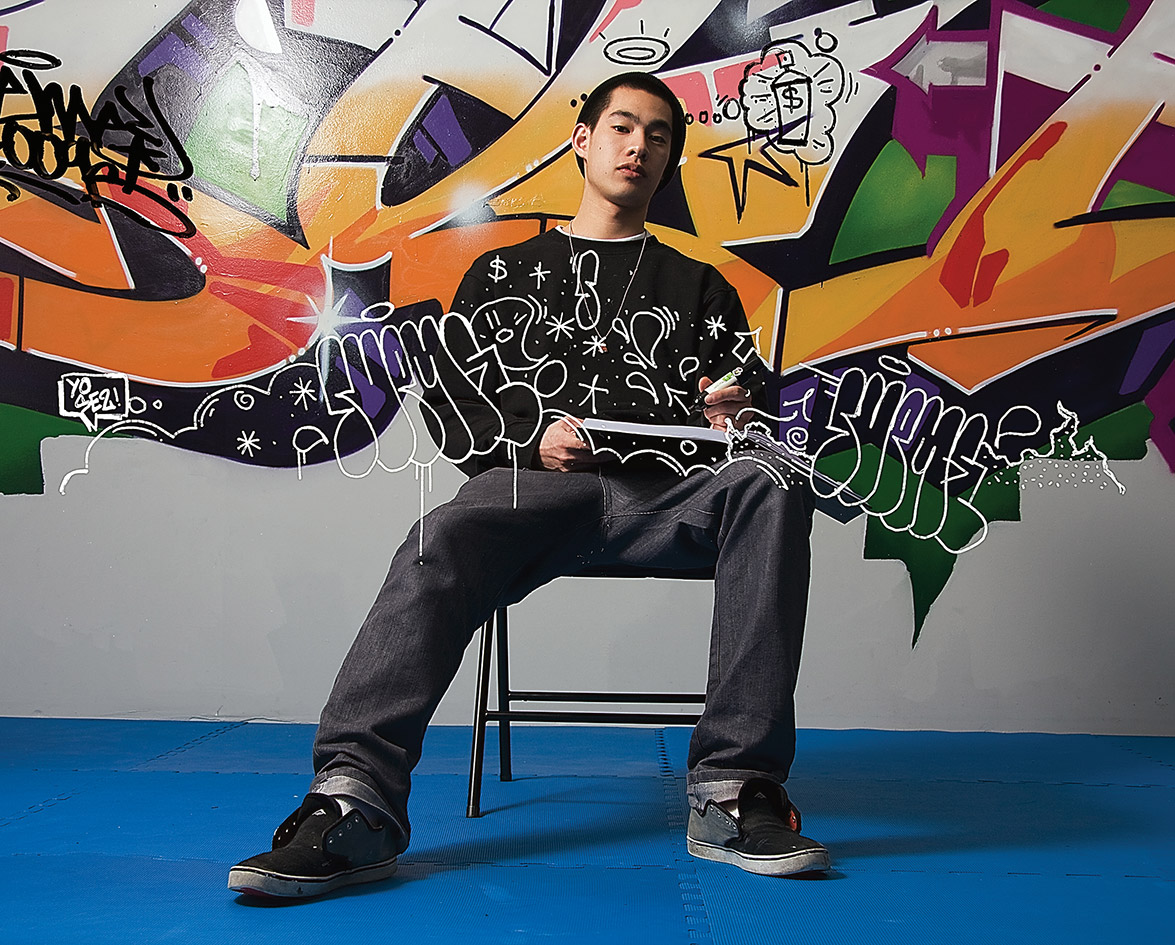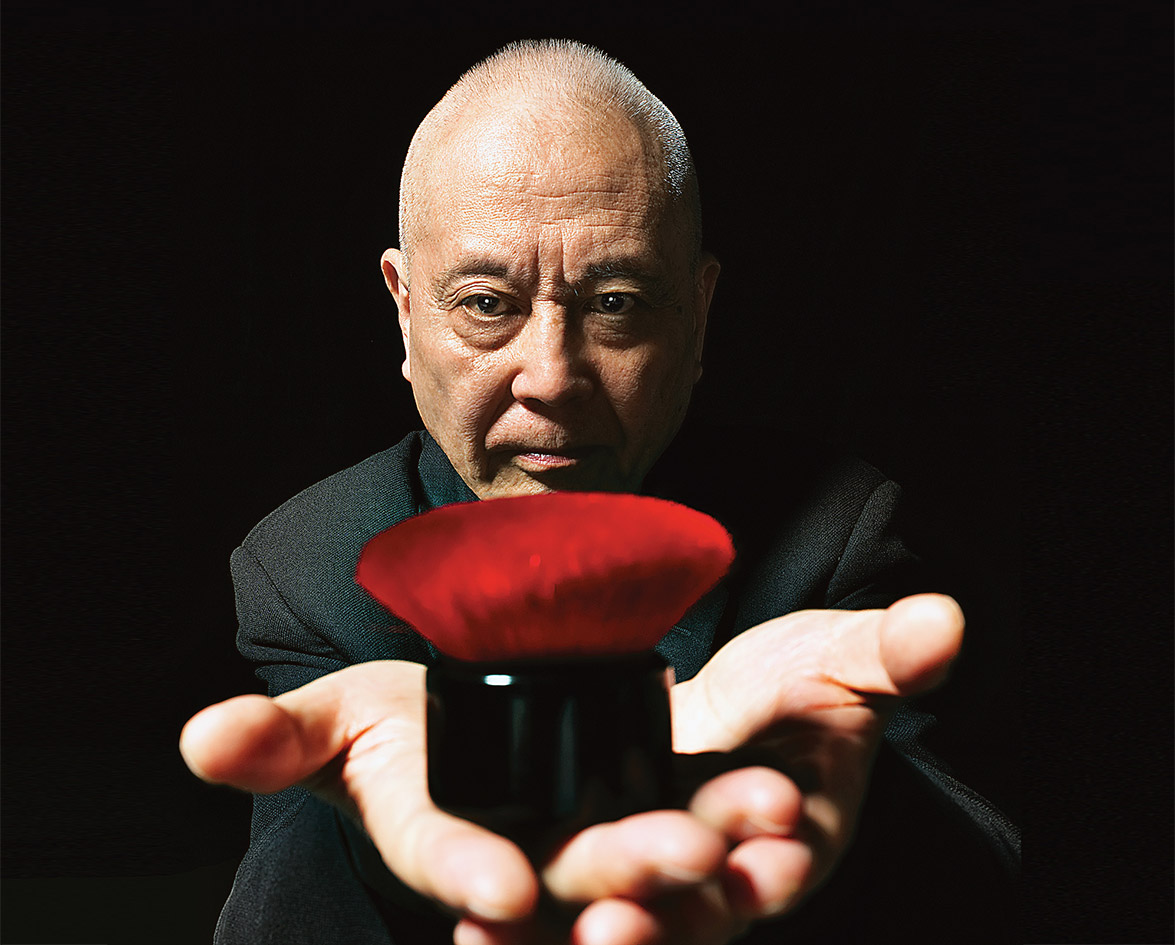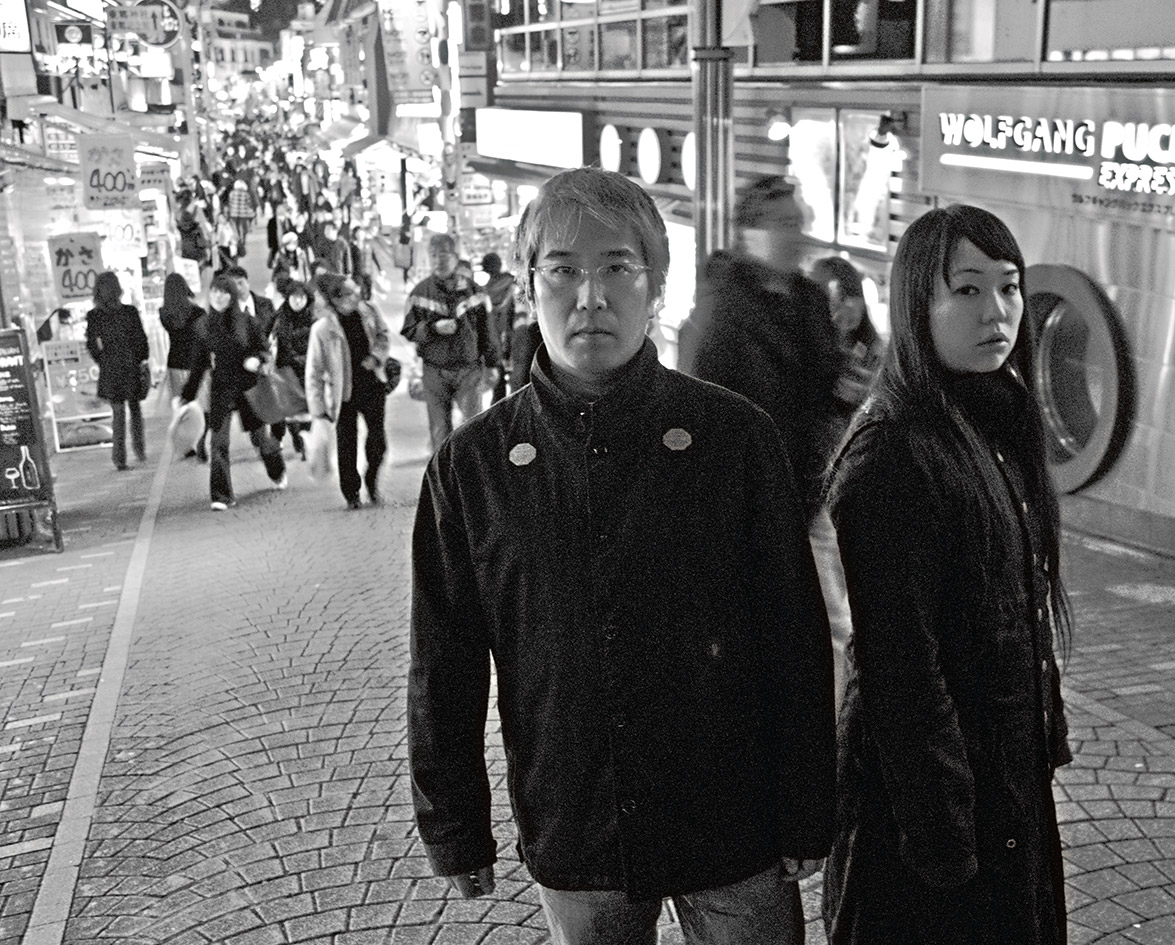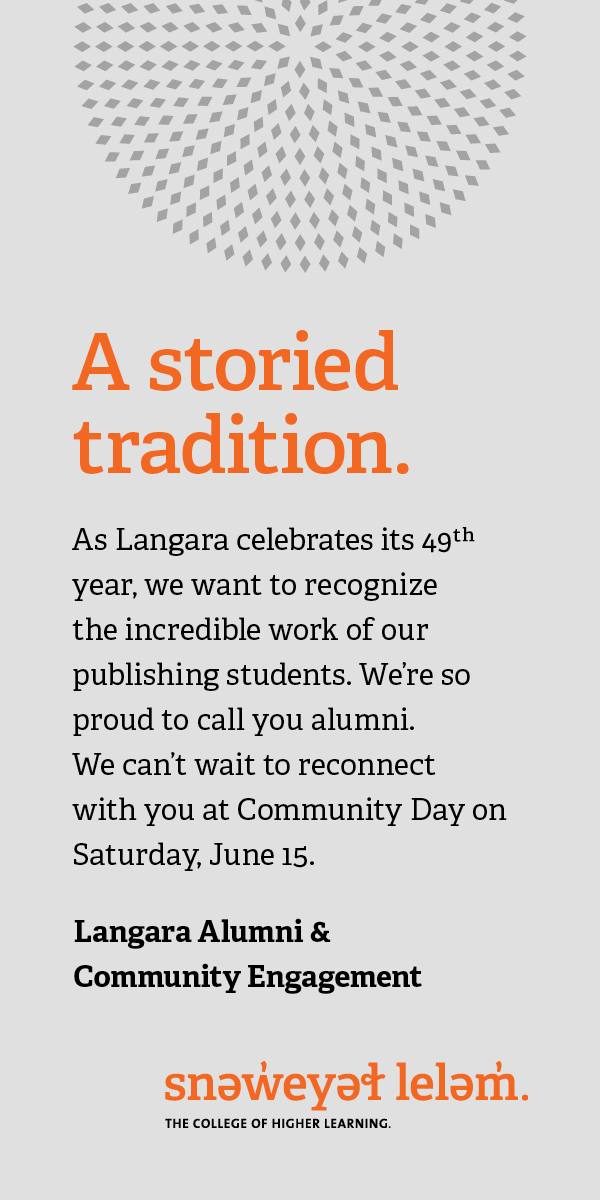Gathered together in a room, a group of graffiti artists discuss plans for a large piece that they will spray onto city-owned walls. Directed by a veteran artist, they plan the work in detail, knowing that they will have as little as one day to complete their vision on the underside of the Granville Street Bridge. It is an expensive endeavour that will require hundreds of dollars worth of paint. Luckily, the city of Vancouver is footing the bill.
The Graffiti Management Program
In 2002,Vancouver started the Graffiti Management Program, an initiative involving a number of methods aimed at controlling the burgeoning problem of graffiti in the city. One method involves a by-law that encourages property owners to remove graffiti as quickly as possible if they fall victim to vandalism.
Upon receiving notice from the city’s Property Use Inspector, victims have 10 days to remove the graffiti. If they fail to comply, they can become victim yet again — this time to a fine of $100.“Since the by-law was put in place, we have never fined anybody because we get a very high rate of compliance,” informs Daniel Paquin, the program’s Anti-Graffiti Coordinator.
This remarkable level of cooperation is understandable considering another of the Graffiti Management Program’s initiatives: supplying paint to remove the graffiti. In a partnership with ICI Paints, the city provides two gallons of paint, brushes and rollers to aid in the removal.
“There are even large warehouses that I’ll give 20 gallons of paint to if they’re going to paint over their graffiti,” says Paquin, not wanting the fine going to the undeserving. There is less of a chance of graffiti returning if it is removed quickly. Graffiti artists want their work to have longevity and are less inclined to target places where they know their work will be taken off as soon as it’s put up.
Another part of the by-law is a fine for the graffiti artists themselves. Upon apprehending a graffiti artist, the police have two options: they can press mischief charges or they can give the artist a by-law ticket. The ticket is for a minimum of $500 and can be issued more than once for repeated acts of vandalism.
The RESTART Program
Graffiti artists wanting to explore their creativity, but not their financial and legal limits, can consider participating in another method the city has for controlling graffiti: the RESTART program. The four-day program takes place over two weeks and involves youth that have been caught red (or green and blue)-handed.
It provides discussion on the effects of graffiti on the community, and the organization of a group project creating a mural on a city wall. Members of the Business Improvement Association (representing victims of vandalism), the police department and other facilitators are on hand.
On the first day of the program the participants discuss the theme of the mural and what sort of imagery they will use. The production of the mural is completed on the final day of the program, showing the collective creative vision.
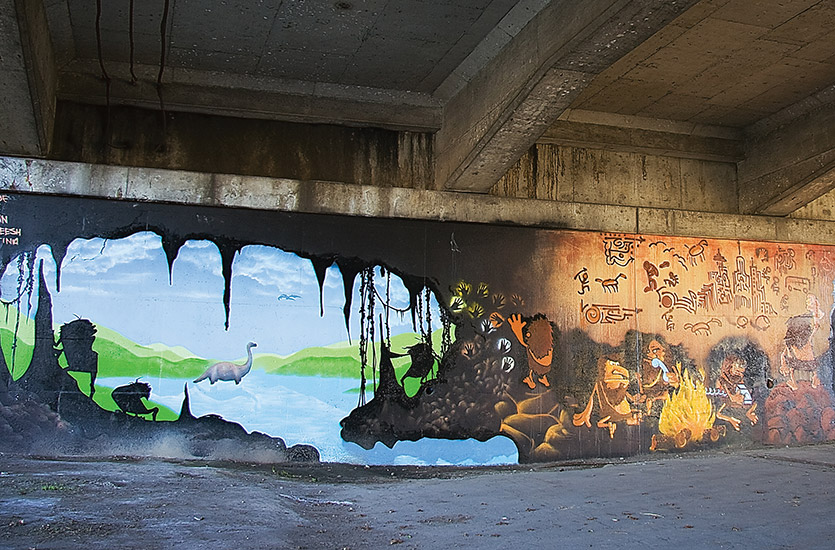
Master Graffiti Mentor
Community can be an important motivator for young graffiti artists, who often find camaraderie with other artists. That’s why one of the most essential facilitators is Milan Basic,an accomplished artist born and raised in East Vancouver, who acts as RESTART’s Graffiti Mentor.
Basic’s position allows him to act as a middleman between inductees and city officials. As someone who once painted graffiti illegally, Basic can understand the outlook of young graffiti artists. “Generally, youth have a really strong sense of entitlement, right? Like it’s their right to tag this wall, and I know that because I’ve been there. That’s why my role is important there because I was one of them, you know? I come from graffiti.”
Basic is also familiar with the need for recognition that many young graffiti artists feel. While Basic was attending a high school art class, his instructor refused to believe that the work he brought into class was his own. No longer taking art classes after this experience, he had his talent recognized elsewhere — by his peers.
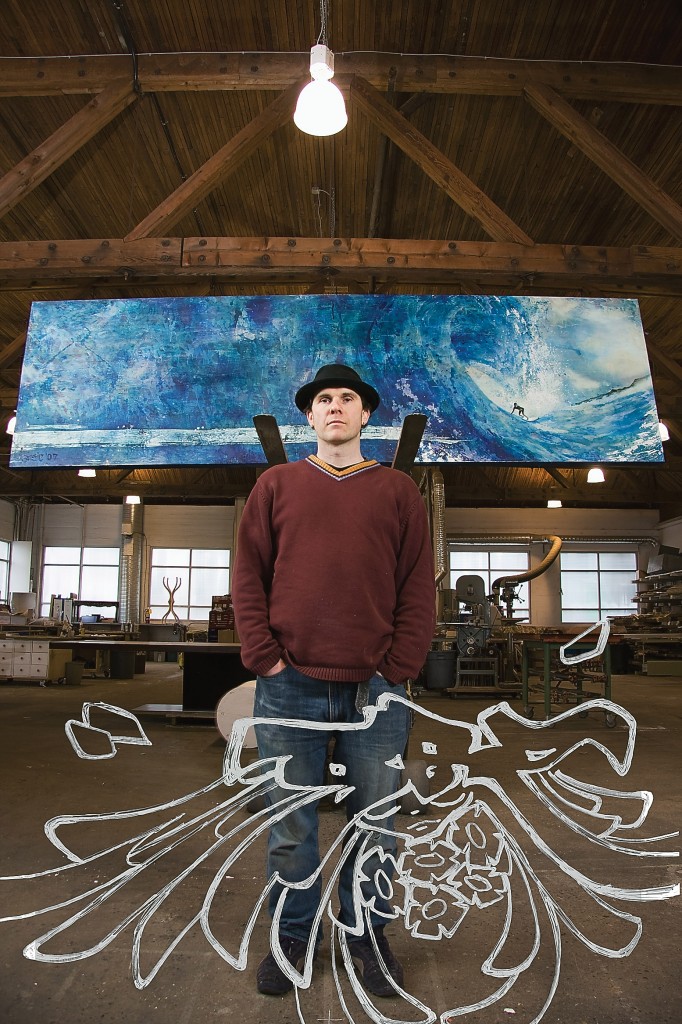
The Good Ol’ Days Of Graffiti
Basic recalls a time in his youth when an established graffiti artist that goes by the tag name KREWZ invited him to start spray painting. KREWZ found a sketch Basic had done of chrome-styled letters at a mutual friend’s house and questioned who had created the drawing, showing an interest in his work that was neglected by Basic’s art instructors.
He recognizes this as a motivator for today’s youth to start spray painting, though he believes there is a divide between this generation of graffiti writers and the last. “I was more into the artistic side of it. You know, nowadays most kids do graffiti because they’re into getting their name up,” says Basic, who thinks that youth are misguided in just trying to be prolific. “Anyone that has no skill can do that, so it doesn’t mean anything. Whereas for the generation of graffiti writers that I painted with, it was about a style, and it was about technical skill.”
Basic demonstrates his street developed technical skills in the program and shows troubled youth that they can make a career out of their creativity. He shows them that they should consider doing commissioned work rather than work that can be disregarded as annoying vandalism. Using graffiti as a springboard, Basic is now creating film sets, fine art and his own commissioned murals.
Basic encourages participants to approach graffiti-damaged businesses with sketches and ideas. He believes that if some of these young artists had an opportunity to work with a willing client then graffiti in general would improve. “Why not embrace graffiti so that the quality of graffiti will become something beautiful instead of just this chicken scratch?” asks Basic. “And why is it like that? Because that’s all the time they have to do it. They’ve got five seconds to do this thing and get away so that they can get up on the wall.”
Keeping It Legal
It may be difficult to know which business to approach about creating a mural, which is why the Graffiti Management Program has another initiative known as the Mural Program. This program compiles a list of artists, most of them former graffiti artists, that property owners can pick from to create a mural on their building.The subject of the mural is discussed with the property owner and the management program before it is created to ensure that it’s suitable. If the mural is to be painted somewhere other than ground level, the program provides the artist with the appropriate training to make sure it is done safely.
Artists involved with the program are inspired by all of the opportunities presented to them. “It shows me that there are possibilities out there and tons of opportunities,” says Scott Sueme, a 22-year-old graffiti artist raised in Vancouver. After six years of experience with graffiti, Sueme voluntarily became involved with the program after getting into trouble with the law. Sueme is passionate about graffiti and can speak at length about some of its finer details that may be missed by the typical annoyed citizen.
It is in getting spirited young graffiti artists like Sueme to see the merit of working with the city instead of against it that the Graffiti Management Program shows its most significant advances. A strictly authoritative response to graffiti is hardly as effective as a method that leaves the city, business owners and graffiti artists happy





